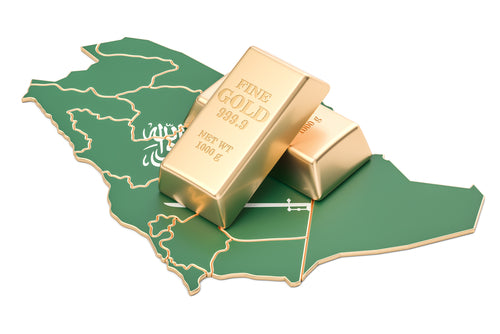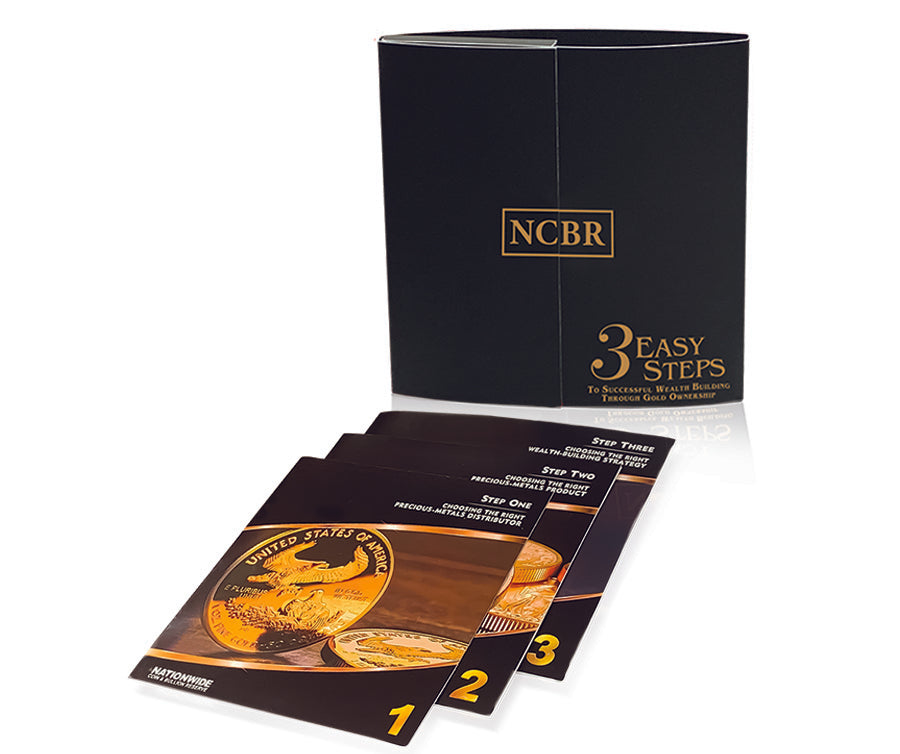So, it’s small wonder that Iran’s response to the killing of Iranian general Qassem Soleimani—in the form of missile attacks on two Iraqi military bases housing U.S. troops—sent bullion up more than 2 percent. The gain came on top of the 1.5 percent increase in gold immediately following the U.S. targeted killing of Soleimani.
Gold typically surges in the wake of rising geopolitical tension or outright war, as unexpected volatility often drives investors away from the stock market and into precious hard assets. A war or prolonged military conflict can also lead to increased money printing and government spending, thus increasing the attractiveness of gold.
Other past tensions in the Middle East have also pushed gold prices up. During the first Gulf War, when Iraq invaded Kuwait in 1990 and the U.S. responded in Operation Desert Storm, gold prices soared. In the hours after the surprise September 11, 2001, terrorist attack on the United States, gold prices surged 33 percent in London trading. The metal also got a big boost following the U.S. invasion of Iraq in March 2003, a military campaign that led to the toppling of Saddam Hussein.
But just as rising military tensions is a positive for gold investors, easing tensions naturally have had the opposite effect. Within hours of the Iranian strike against an Iraqi base housing U.S. troops on January 7, gold prices fell several percentage points after President Trump signaled the U.S. would not be taking any military action in response to the attacks. So, investors often will do best to take long-term positions in gold that are not based solely on short-term conflicts.
Real Time Precious Metals Data Below







